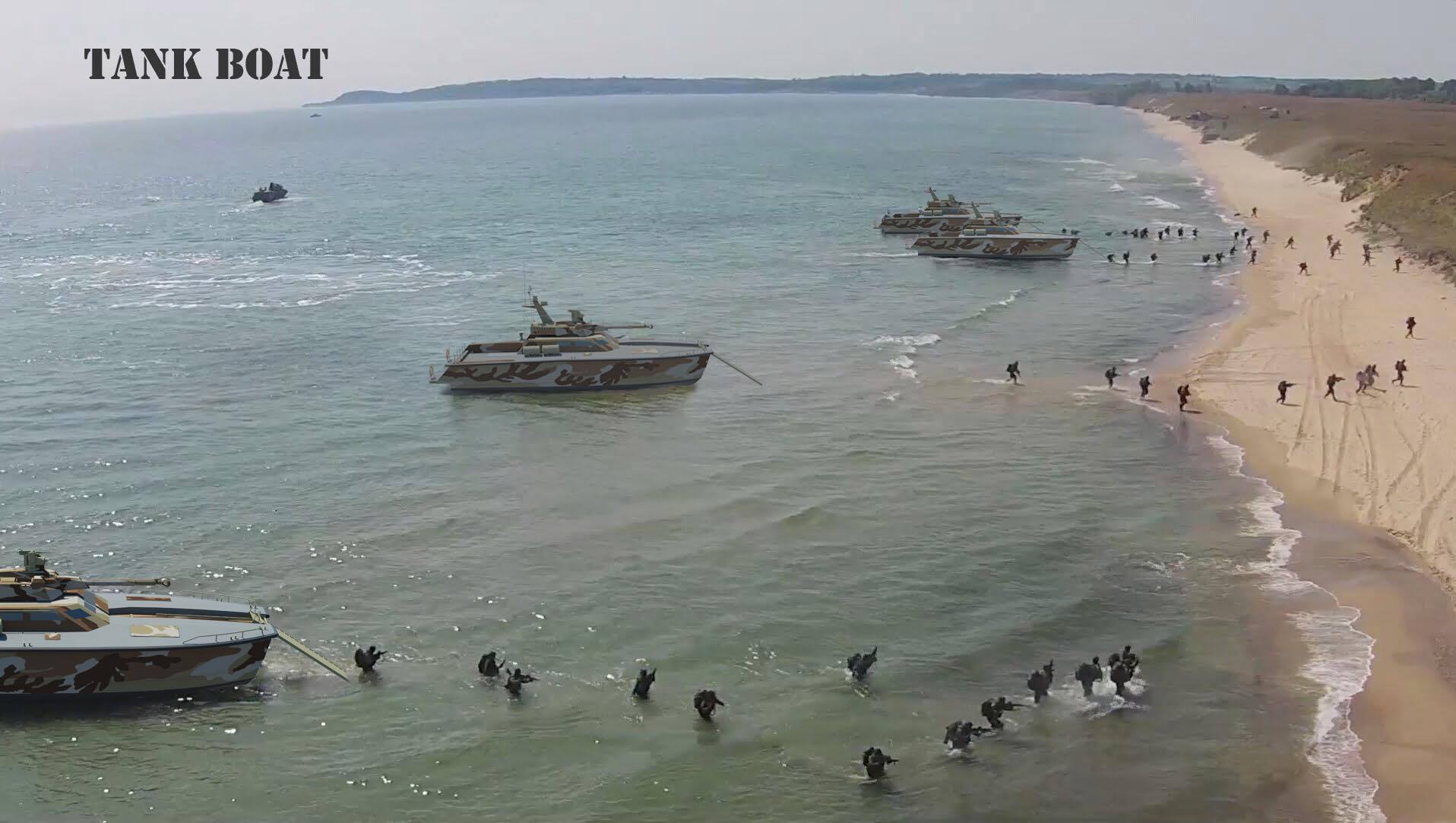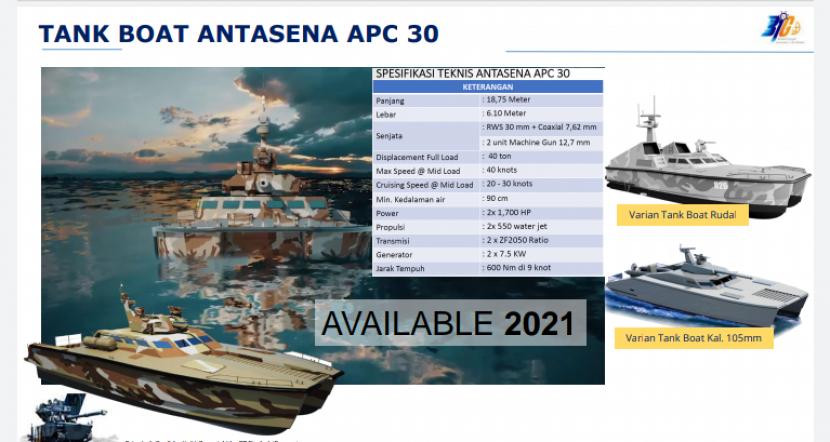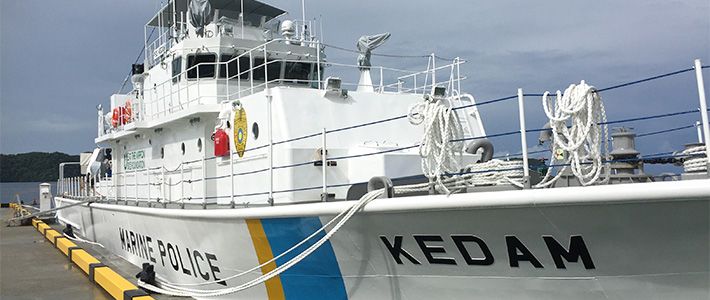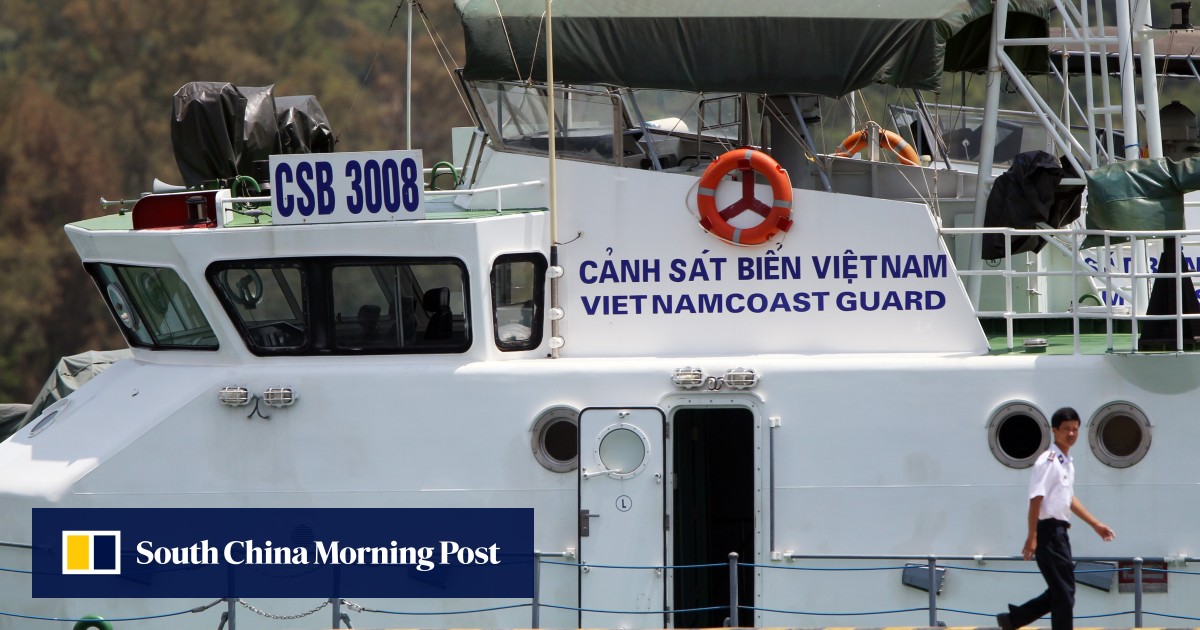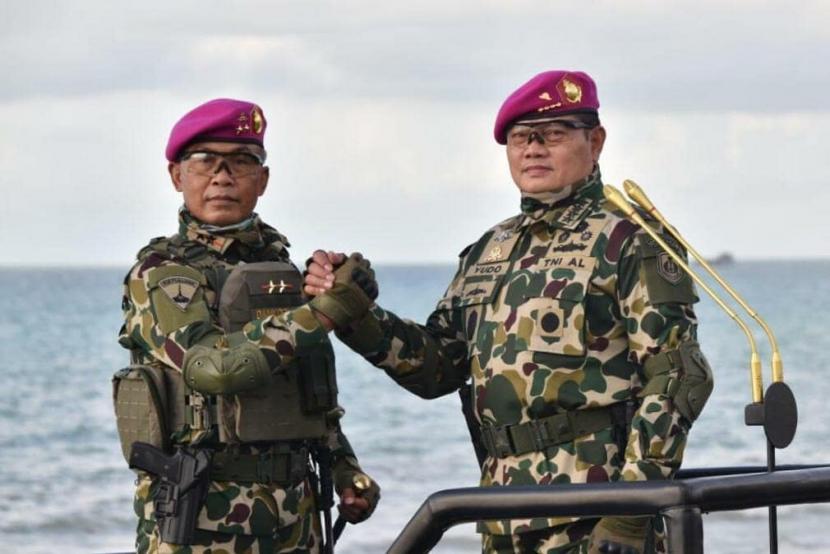The basic JMSDF version has SeaRAM, Mk 45 gun & fitted for but not with Mk 41 VLS. Just about all the other weapons & all the sensors seem to be Japanese. VL Mica NG could replace the SeaRAM & the predicted naval Chu-SAM, unless something longer range is desired - though the NG has a significantly longer range than the original VL Mica. It would need to be integrated with the Japanese radars, or a different radar fitted.I genuinely doubt any ship that the TNI-AL use will be equipped with US made major subsystems. The Navy has repeatedly stated on their intent to standardize MICA for AAW. Of course we have no concrete word on what MRAD/HIMAD systems that they use but with how strong MBDA's presence here is my guess goes to Aster.
Either way, correct me if I am wrong but in theory it wouldn't be that particularly difficult to re-equip the design to use solutions from Thales or Terma/Hensoldt wouldn't it?
Japanese torpedoes, radars, sonars, anti-ship missiles, CMS, EW system. If replacing 'em by European systems is preferred (& certainly feasible: plenty of choice), & diesel is preferred to GT, it looks to me as if it changes from buying a ship to buying a hull. AFAIK MHI & Mitsui have never done anything similar. Their ships have all been delivered to the JMSDF's spec, without any equipment alternatives, let alone replacing almost everything.
I think an Iver Huitfeldt based ship would be a safer bet. Type 31, for example, should be easy to adapt. All diesel already. VL Mica NG could go where the Sea Ceptors are. Carry over as much as the Martadinata fit as wished (same CMS), with lots of space for extras, such as reinstating the Iver Huitfeldt's torpedoes. OMT and/or BMT would be happy to do it, & both have experience of designing ships to be built in other countries - successfully.
I'd like to see the Japanese break into the warship export market, but I'm a bit unsure whether this is the right opportunity. It's not just because I'm prejudiced in favour of OMT, though I am (some of my ancestors worked in the Odense shipyards, 200 years ago): I can't help wondering if they're prepared for the degree of change to the equipment Indonesia is likely to want.

